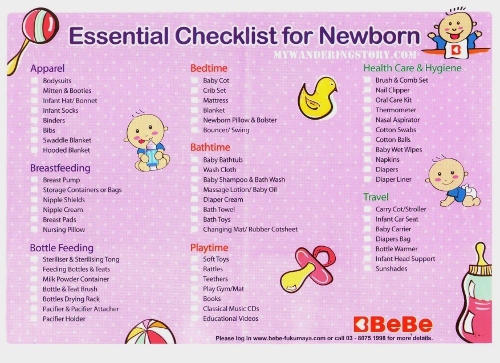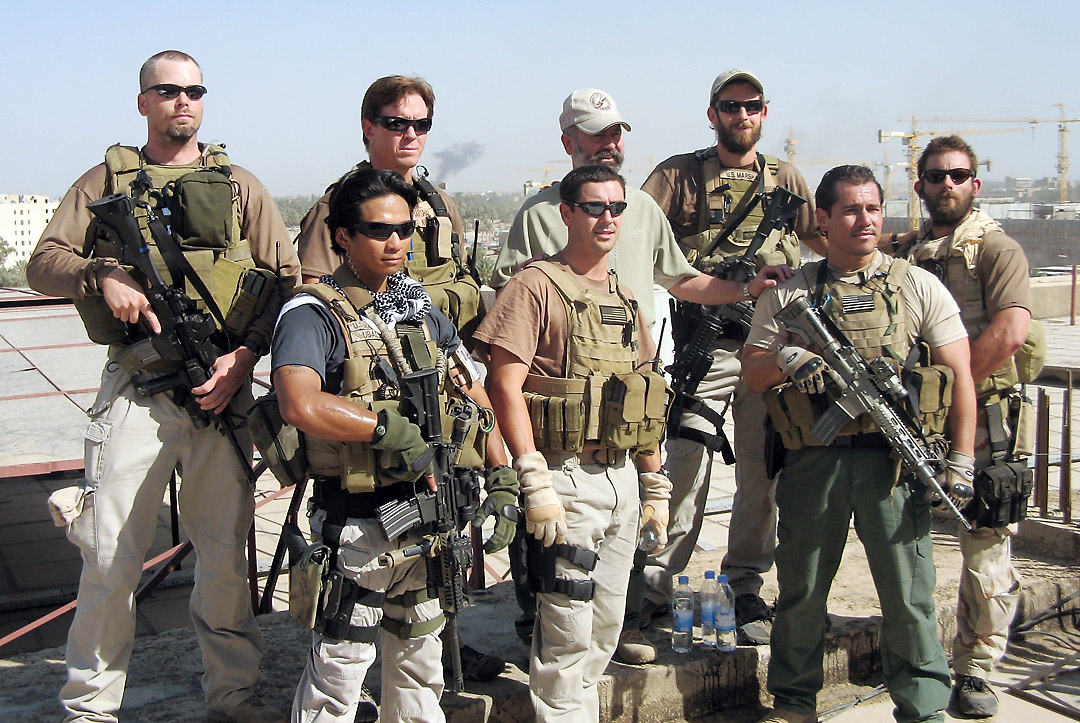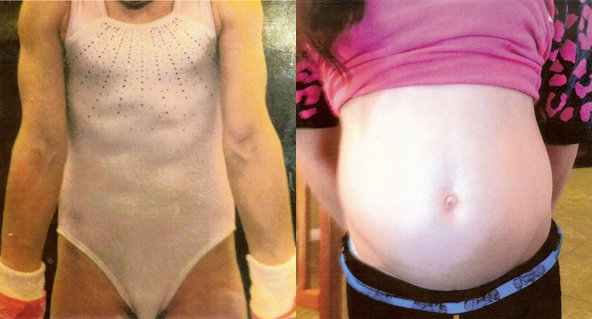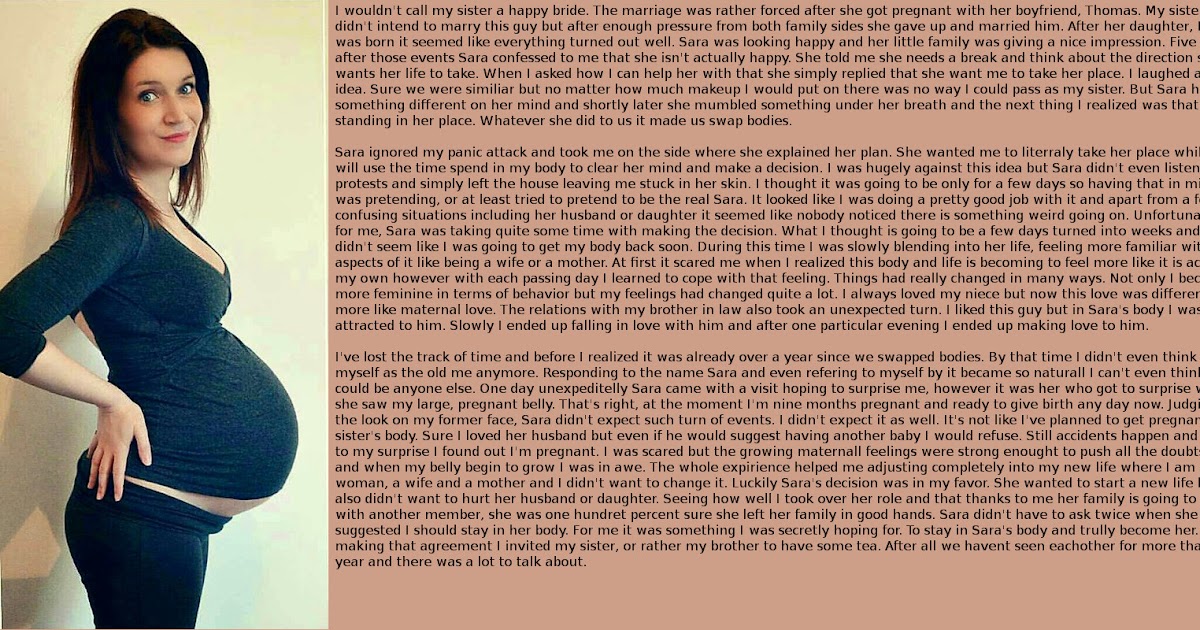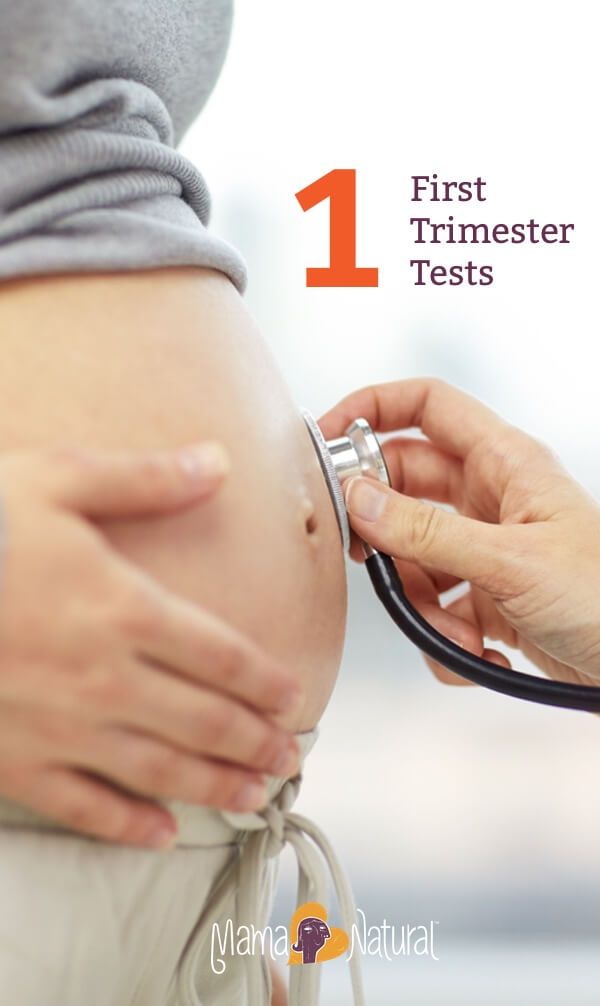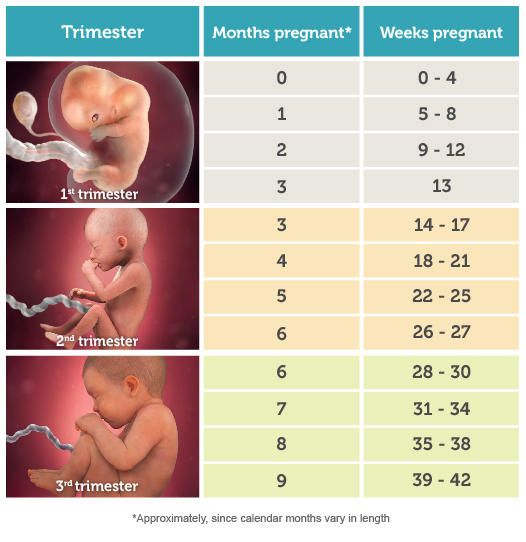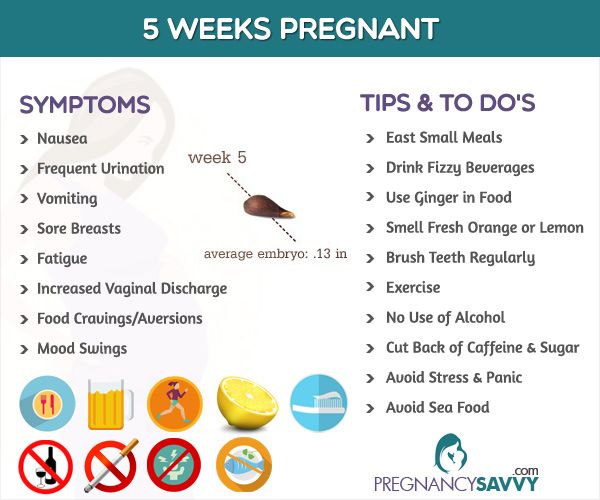How to pick up a newborn
How to safely pick up and put down your newborn baby
- Community
- Getting Pregnant
- Pregnancy
- Baby names
- Baby
- Toddler
- Child
- Health
- Family
- Courses
- Registry Builder
- Baby Products
Advertisement
1:23 min
Feeling nervous about holding a baby, especially a newborn, is understandable. Babies aren't as fragile as they seem – but there are some important things to remember when getting ready to hold your baby.
For a newborn, you'll want to provide good head and neck support. Your baby's head is the heaviest part of their body, and their neck muscles aren't strong enough to help hold it up yet.
To safely pick your newborn up, support your baby's neck with one hand and their bottom with the other hand. Spread your fingers out wide to give your baby's head and neck the most support possible.
Once you've lifted your baby, hold them close to your body to keep them secure. Continue to support their head and neck with one hand and their bottom and back with another hand or your arm.
When you're ready to set your baby back down, get as close to the surface you're setting them on as possible. Continue to support their head, neck, and bottom with your arms as you lay your baby down flat on their back, and don't release until they're fully resting on the surface.
When you're passing your baby off to someone else, the same basic rules apply: Get close to the other person, continue supporting your baby's head, neck, and bottom, and don't let go until the other person is fully supporting the baby.
Even as your baby's control over their head and neck improves, continue to give them that extra support when picking them up and putting them down. Once they're able to hold up their head and sit with support or on their own (anywhere between 4 and 7 months), you can start picking them up by tucking your hands under their arms and lifting.
Be careful when you're picking up and putting down your baby to avoid accidentally hurting them. It's also important to avoid accidentally hurting yourself when you pick up and set down your baby: Use your arms, legs, and core – not your back – so you don't put too much strain on your body.
Learn more about the best ways to hold a baby.
Advertisement | page continues below
How to cut your newborn's nails
1:45 min
How to take your newborn's temperature
3:51 min
When can I take my newborn outside?
1:51 min
Why do babies grunt so much?
2:26 min
How to care for your newborn's umbilical cord stump
2:19 min
How to massage your newborn
2:35 min
How to change your newborn's diaper
1:50 min
How to give your newborn a sponge bath
4:13 min
How to help your newborn sleep safely
3:07 min
10 tips for handling and holding a newborn | Your Pregnancy Matters
Apprehension about handling a newborn is normal.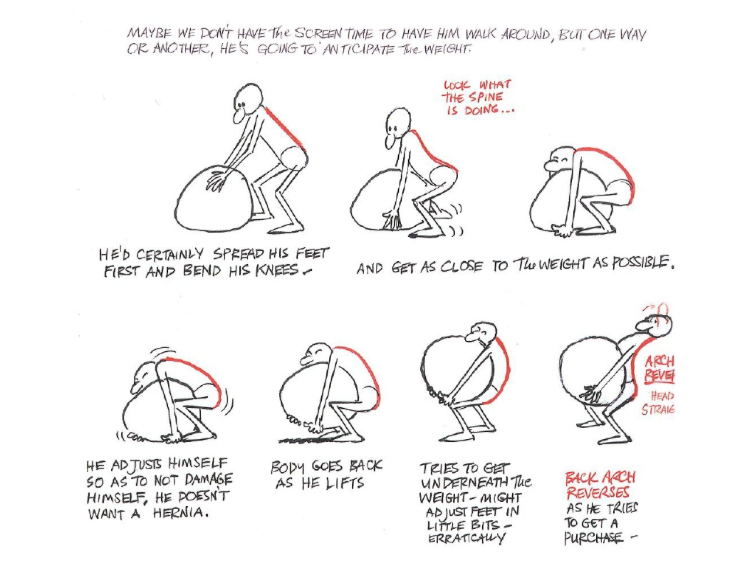 But babies are not as fragile as they look.
But babies are not as fragile as they look. Holding a newborn is often one of the greatest joys of new parenthood. It can also incite immense fear.
From their tiny fingers to their teetering heads, newborns look fragile, and many new parents are worried they’ll harm their baby by holding them in the wrong position. I understand their concern, but newborns are sturdier than many new parents realize.
While you must handle a newborn with care – and never shake the baby – you’re not going to hurt them during feedings or diaper changes if you use gentle, supportive movements.
Before you take your new baby home from UT Southwestern, our neonatal nurses and your doctor will demonstrate the best techniques for picking up, carrying, comforting, and laying down your newborn. You’ll get lots of practice before you’re on your own.
What’s most important is supporting the head and neck, no matter the position. From your first time holding the baby to the first few months at home, here are 10 do’s and don’ts for handling your newborn.
Related reading: 7 strange-but-normal things to expect with a newborn
After feeding, try to keep your newborn upright for about 30 minutes so gravity can help them digest their food.Safe newborn handling and holding tips
1. Hold the baby like a football
While it might sound silly at first, you’ll find that holding your baby like a football – with their back on your forearms and their head nestled in the crook of one of your arms – is among the safest and most sustainable ways to hold a newborn. Angle the baby so their stomach is turned toward yours. This position is comfortable for the baby and gives you a more secure hold of your newborn, especially while sitting down.
2. Mind the baby’s soft spots
Newborns have two soft spots on their heads: the posterior fontanel in the back and the anterior fontanel on top. The bones in these areas of the skull have not completely fused together, which make it possible for the baby’s head to squeeze through the birth canal. It also leaves room for the brain to grow.
It also leaves room for the brain to grow.
The soft spot in the back will close within a couple months; the spot on top can take two years to fully close. Touching these soft spots is fine, just don’t press down or let anything hit or fall on your baby’s head, as no bones are fully protecting the brain early in life.
3. Keep your baby upright after feeding
Upright positioning is necessary for burping your baby after eating, and sometimes they like sleeping upright against your chest while you stand or sit.
Instead of laying your baby down flat after feeding, keep them upright for about 30 minutes so gravity can help them digest their food. Otherwise, they’re more likely to spit up. With their stomach facing your chest, place their head near your shoulder with one arm supporting their bottom and the other hand supporting the back of their head and neck.
4. Wash your hands before touching a baby
Hand hygiene is very important when handling your baby, especially during the first two months. During this time, your baby hasn’t been vaccinated against diseases that can be spread through germs on unwashed hands.
During this time, your baby hasn’t been vaccinated against diseases that can be spread through germs on unwashed hands.
Newborns have weak immune systems; it takes time for them to build strength against germs that likely would have no effect on you or your loved ones. So, be extra diligent about keeping your hands clean, and don’t feel bad asking visitors to do the same.
5. Keep the umbilical stump clean and dry
A little clump of tissue will stay attached to your baby’s belly button after we cut the umbilical cord during delivery. We’ll put a small clamp on it to keep it dry until you leave the hospital. It looks a little odd, but it will come off in its own time – usually within two to three weeks.
The best thing to do with the umbilical stump is to leave it alone. It can become infected if it gets dirty, so keep it clean and dry. Only clothes should cover it; don’t cover it with a bandage or the baby’s diaper. If it gets soiled, wipe it with water and soap that’s free of fragrances and dyes.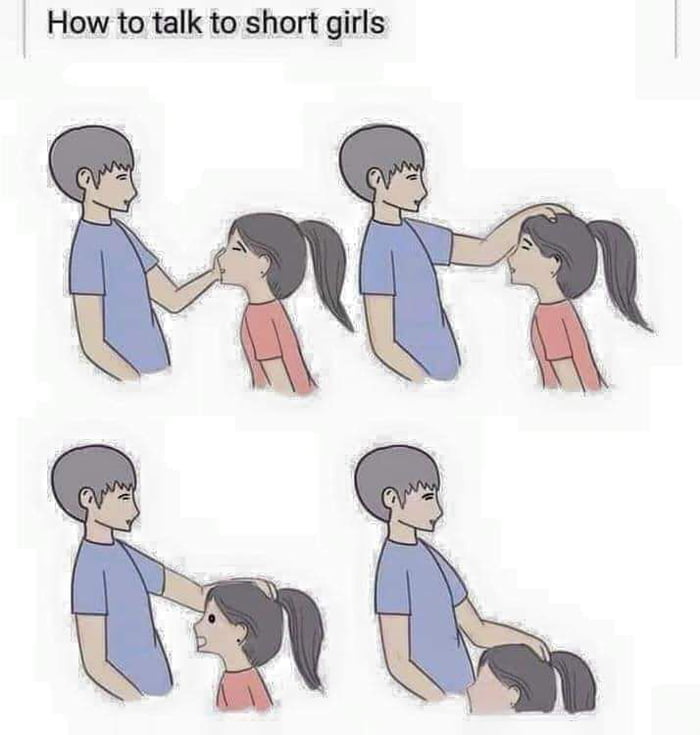 If you see redness or discharge around the stump, it could be infected and require treatment right away.
If you see redness or discharge around the stump, it could be infected and require treatment right away.
Related reading: Should I have visitors in the hospital while my baby is being born?
Avoid these unsafe motions and positions
6. Don’t lift your newborn by or under their arms
Your baby’s head and neck muscles are very weak for the first few months. If you pick them up by or under their arms, you risk injuring their arms or shoulders. Worse, their head will dangle and could flop around, potentially causing a brain injury.
Instead, place one hand behind their head and neck and the other hand under their bottom. Gently scoop the baby up toward your chest. For more stability – and to protect your back – bend your knees as you shift forward and lift with your legs.
7. Don’t bounce a fussy newborn
New parents might try to soothe their newborn by positioning the baby upright against their shoulder and bouncing up and down. Though we’ve see this move frequently in movies and TV sitcoms, it’s not a great way to calm a fussy baby.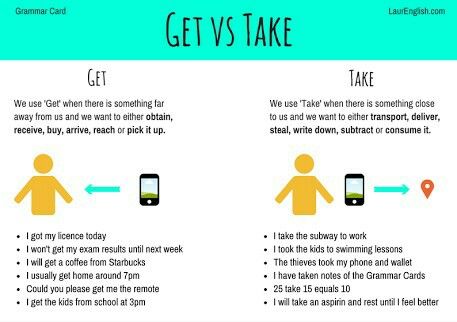
The up-and-down motion can be jarring and make the baby fussier, which may increase your anxiety, which can stress the baby more – it’s a vicious cycle. Instead, assume the football hold and gently sway them back and forth in a rocking motion while walking or standing. The flowing movement comforts babies by mimicking their experience in the womb.
Rather than holding the baby out in front of you, have the other person come close, facing you.8. Don’t extend the baby forward to someone else
If you’ll have a lot of friends and family visiting or helping out after you give birth, you’ll quickly get used to others wanting to hold the baby. Protecting the head and neck is the priority when passing your newborn to someone else.
Rather than holding the baby out in front of you, have the other person come close, facing you. Then, they should place one hand beneath the baby’s head and the other beneath the bottom before you release your grip.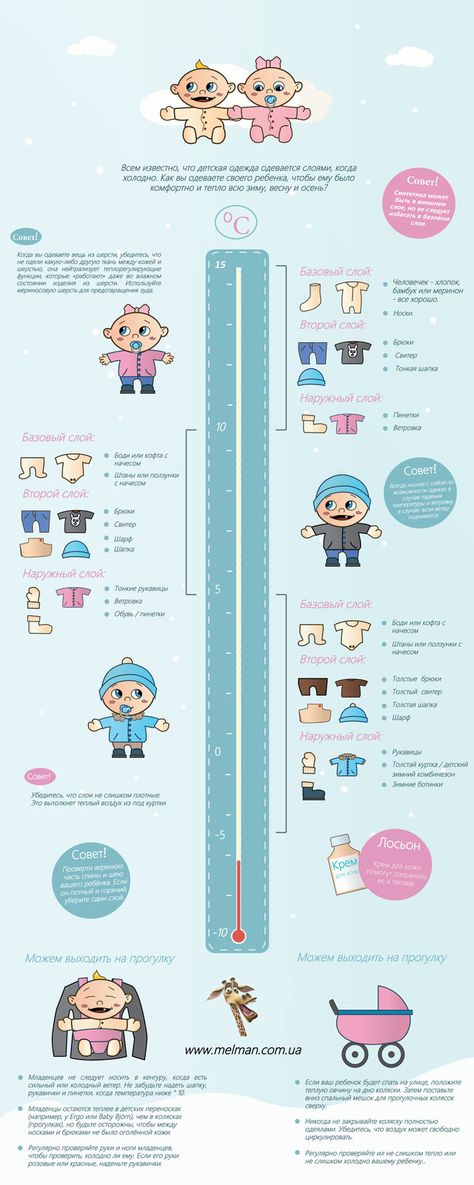
9. Don’t sit or lie down to hold the baby if you are tired
Fatigue and parenthood go hand in hand – especially in the beginning. But if you’re sleepy and seated, the risk of dropping your baby increases. When you’re still in the hospital, alert the nursing staff that you’re becoming drowsy. We can help you put the baby in the bassinet or take the baby to the nursery while you rest.
At home, place your baby in their designated sleeping area as soon as you feel tired. Losing grip can happen in matter of seconds if you doze off, so it’s best to be cautious.
10. Don’t kiss your newborn if you have (or recently had) a cold sore
The urge to kiss your baby’s chubby cheeks and nose will be strong, but if you have a cold sore, resisting that urge might save your baby’s life. Cold sores, also called oral herpes, are caused by the HSV-1 virus, which can cause brain damage or death in newborns – their immune systems are not strong enough to fight the virus.
An HSV-1 outbreak starts forming even before a cold sore appears.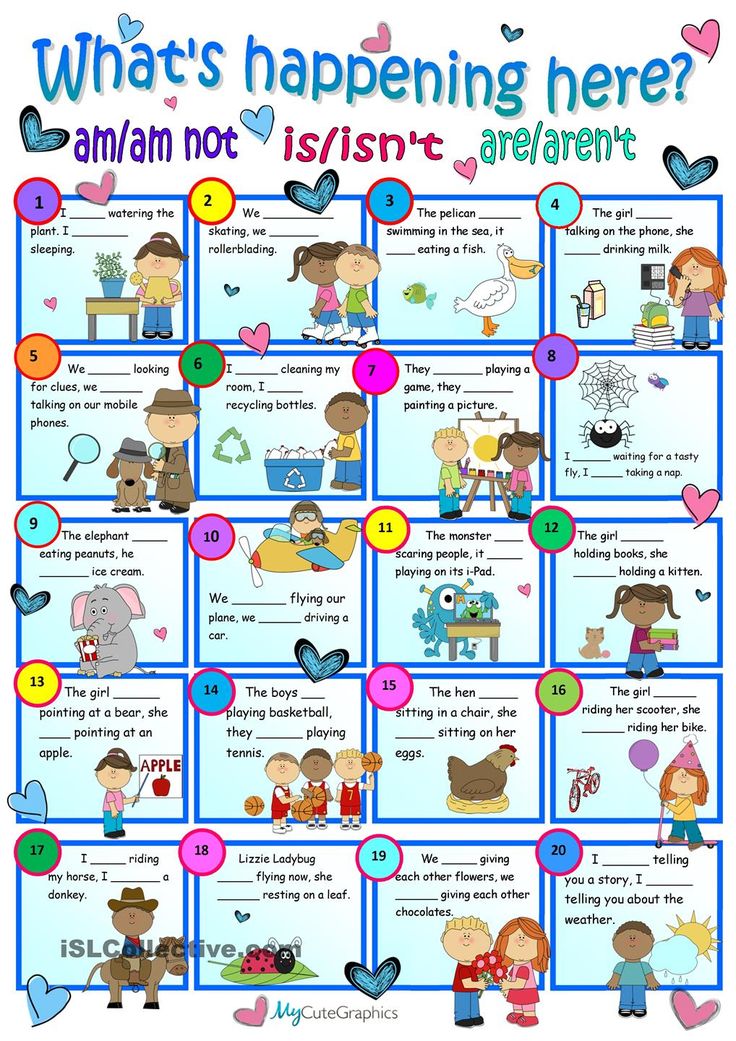 So, if you feel the familiar tingling that typically comes before a cold sore forms, or if you had a cold sore recently, refrain from kissing the baby until the outbreak has fully cleared. Firmly remind anyone else who will be handling your baby to follow the same guidelines.
So, if you feel the familiar tingling that typically comes before a cold sore forms, or if you had a cold sore recently, refrain from kissing the baby until the outbreak has fully cleared. Firmly remind anyone else who will be handling your baby to follow the same guidelines.
Related reading: How to protect your baby from herpes infection
You’ll get better with practice
Apprehension about handling a newborn is normal. But the more you do it, the more comfortable you’ll feel. And our neonatal team will make sure you get lots of practice before you’re on your own.
I also recommend that parents check out the book “Happiest Baby on the Block” by Harvey Karp. It has excellent advice on how to soothe a fussy baby and feel more comfortable holding a newborn. The more relaxed you feel, the more comfortable your baby will be.
To visit with a pediatrician about holding or soothing your newborn, call 214-645-8300 or request an appointment online.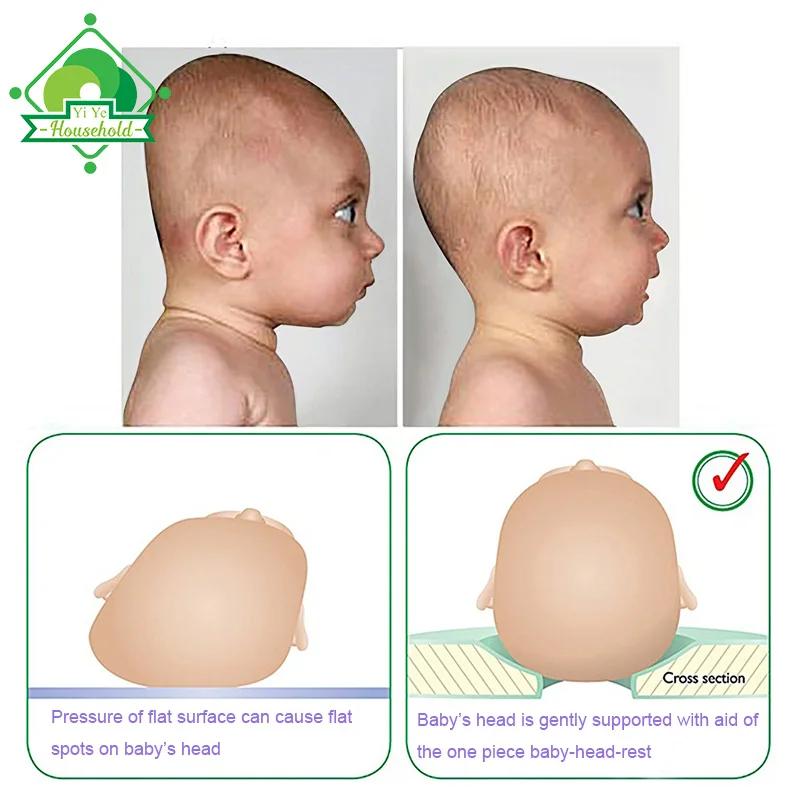
how discharge happens, what to take with you
Discharge tips are as relevant as ever at the moment when you can finally say goodbye to the ward, doctors and take your baby home — for every mother, discharge becomes an exciting and at the same time joyful moment. Before this important day, most parents are interested in many questions: how is the discharge going, what needs to be taken to the hospital, what clothes will mom and baby need, how should dad prepare for the arrival of the crumbs? Let's look at everything in order.
Discharge from the maternity hospital
Discharge from the maternity hospital takes place in the following order: most often, the mother is discharged 3-5 days after birth. In case of caesarean section, the period of stay in the maternity hospital can be extended by doctors up to 7-9 days. Before discharge from the hospital, the mother and her child must undergo a medical examination. If the mother still has questions about the health of the baby, she can ask them when examined by a pediatrician. When the analyzes and conclusions of doctors have shown that the condition of the child and his mother does not cause any concern, all the necessary medical documents are drawn up. Before discharge, parents will need to obtain a birth certificate, an exchange card and a statement of the child's health. Also, in some maternity hospitals they give a certificate of vaccinations.
When the analyzes and conclusions of doctors have shown that the condition of the child and his mother does not cause any concern, all the necessary medical documents are drawn up. Before discharge, parents will need to obtain a birth certificate, an exchange card and a statement of the child's health. Also, in some maternity hospitals they give a certificate of vaccinations.
On the morning of discharge, the mother will be told what time to be ready and to invite people to meet her. Most often, relatives are allowed to come for mom and baby after 14.00. When the discharge permit has already been received, the mother should start packing the bags. If desired, she can do makeup and hair to look good in photos.
When the mother announces readiness to the staff, the nurse escorts her from the ward to the discharge room. There, the mother changes into things brought by relatives, while the nurse collects the baby. After that, a solemn meeting with relatives begins.
By the way, do you know what habits you should definitely give up during pregnancy? Read an article from a leading expert at the link. ..
..
What things to take for discharge
On this day, mom will need a bag with everything she needs. You don’t need to take it with you, relatives will give the bag to the maternity hospital right on the day of discharge. Discharge items:
- Baby clothes and diapers
All items must be washed and ironed thoroughly. Do not forget that all clothing that comes into contact with the baby's body should be made of hypoallergenic materials. Also, things should be easy and quick to remove. When choosing clothes for an extract, be sure to take into account the time of year. In the summer, it is better to put on a baby hat, light knit overalls, and then wrap it in a thin diaper. Be sure to protect the head of a newborn with a cap, even if the day seems warm and windless. In the off-season, under a warm envelope or a blanket, a cotton vest, a shirt with sliders or overalls are perfect. Also, the baby should wear a warm fleece or plush overalls, scratches for pens, socks and two hats: a knitted cap and a thicker hat on top.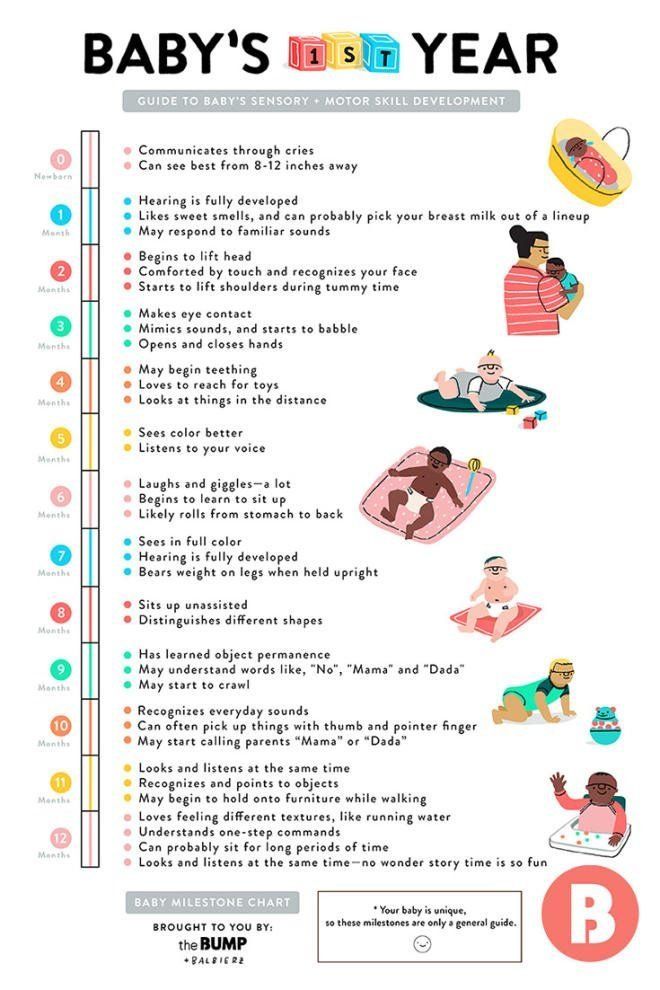 For winter discharge, you can use the same combination of things by adding a sheepskin envelope or a transformer overall
For winter discharge, you can use the same combination of things by adding a sheepskin envelope or a transformer overall
- Clothes for mom
It is recommended to take clothes that mommy wore during pregnancy to the maternity hospital, because the belly does not disappear immediately after childbirth.
- Car seat with diaper
The car seat is an important item that the family often forgets about. For parents who will take the baby from the maternity hospital by car, you will definitely need a diaper so that the baby does not sweat when it comes into contact with the surface of the car seat. The same accessory ensures hygiene while traveling. It is better to buy diapers specially designed for a car seat with convenient slots for belts.
– Camera and gifts!
Often a camera is taken to the discharge to capture this important moment for young parents. It is also customary to bring small gifts to the hospital for the staff.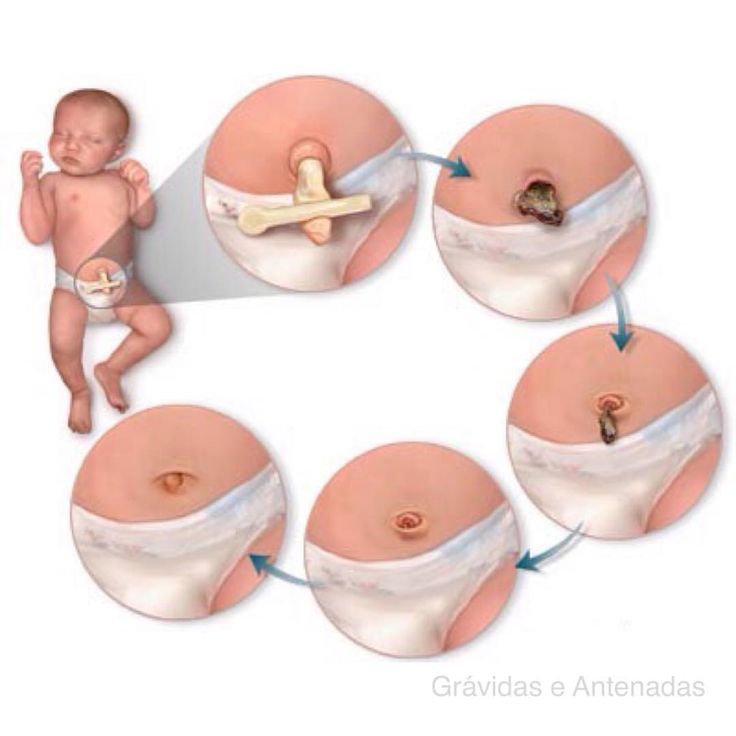 Usually nurses are given a cake or sweets.
Usually nurses are given a cake or sweets.
Our experts told more about collecting a bag to the maternity hospital in the article at the link: read the article about the bag to the maternity hospital
How to meet a wife from the maternity hospital
To meet a wife from the maternity hospital is almost the duty of every loving husband! But it is worth taking care not only about the beauty of the discharge, but also the comfort that will be created for mom. Before the arrival of mother and baby from the hospital, the apartment must be thoroughly prepared. Dad has several important responsibilities at once:
- Thoroughly clean the apartment
Before the baby appears in the apartment, it is recommended to do a general cleaning. But if this is not possible, order and cleanliness must be restored at least in the rooms where the newborn and his parents will sleep. In the entire apartment, it is necessary to wipe the dust from all cabinets and shelves, because it can cause allergies in a child. It is also necessary to wipe the upholstered furniture with a damp cloth, thoroughly clean the carpets, and wash the floors in all rooms.
It is also necessary to wipe the upholstered furniture with a damp cloth, thoroughly clean the carpets, and wash the floors in all rooms.
- Organize a bed for the newborn
By the time the baby arrives, dad must have time to assemble the crib and choose the perfect place for it. It’s not so easy, because you need to keep a number of points in your head at once: you can’t put a crib near the window so that the newborn doesn’t get blown away, and near the batteries in the cold season. The fact is that infants have a very weak thermoregulation system; a hot battery can easily overheat it. It is better to put the crib next to the parent's bed or against the wall. Each part of it must be thoroughly washed with a sponge and soapy water.
- Buy and wash baby clothes and linen
Both clothes and baby bedding should be washed with a special baby powder and then rinsed thoroughly. After washing, experts recommend carefully ironing things with an iron, because steam destroys harmful microbes that get on clothes during drying.
- Check the first aid kit
From the first days, the baby will need medication to treat the umbilical cord. A whole first-aid kit should be ready for the arrival of a mother with a baby at home: hydrogen peroxide, two pipettes, brilliant green, antiseptic, cotton wool and cotton swabs. Also, from the first days, you may need a bath thermometer, a nasal aspirator, diaper powder and baby cream that prevents diaper rash.
- Arrange for a grand discharge
Safe transport with a child car seat and discharge bag is the most important thing for a dad to remember before discharge. If young parents are planning a solemn event, then the dad is also responsible for inviting guests, organizing a shoot, buying a bouquet for a young mother and organizing a festive table.
More articles from our blog:
>> How to dress a child for discharge from the hospital
>> Why do we need bumpers in the crib
>> Baby Crib Bumpers - The Difference Between Classic Styles and Modern Pillows
>> Newborn Swaddling Tips
>> Baby Clothing Trends: How to put together an up-to-date wardrobe?
MAIN
As part of the Global Road Safety Week
As part of the global road safety week under the motto "Slow down - save life", Maternity Hospital No.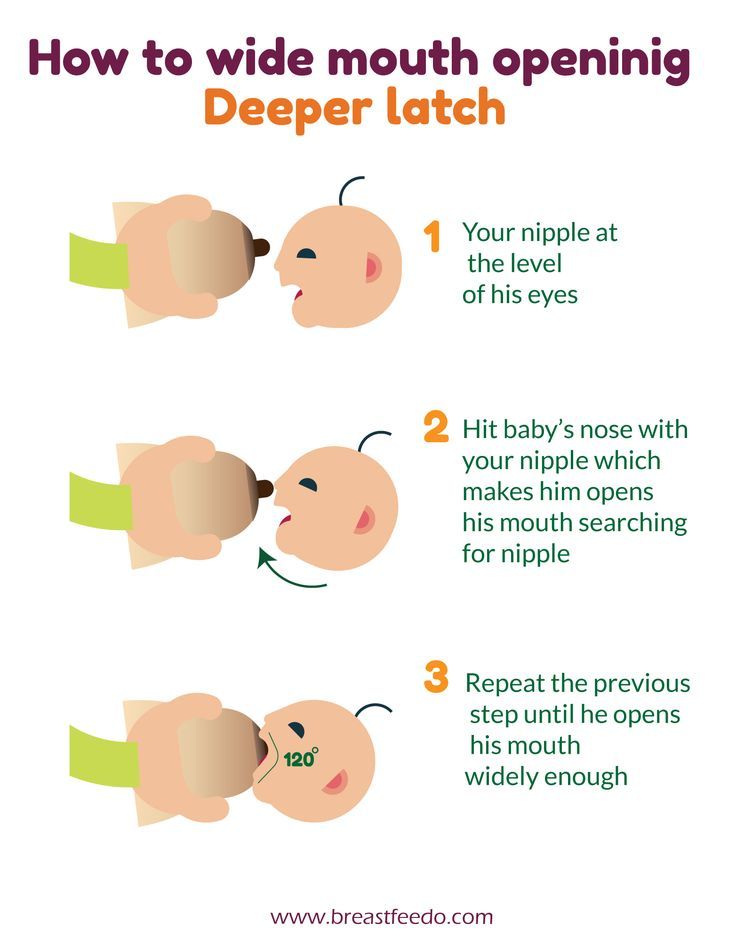 3 informs parents about the rules for transporting newborns in a car.
3 informs parents about the rules for transporting newborns in a car.
Rules for transporting a newborn baby in a car
In today's world, almost every family has a car. Families where a baby is about to be born begin to think about how to transport a newborn in a car. Infants are at greater risk than adult passengers.
Even a small accident can lead to serious trouble. The purpose of all advice that relates to the transportation of newborns is to save the life and health of the baby.
For the first time, the baby will ride in the car as soon as he is discharged from the hospital. Prior to this, the vehicle should be equipped. From the very beginning, it is worth considering purchasing a special means for transporting newborns - an infant carrier or car seat. When buying a device, you need to try it on in the car in advance. There are cases when fasteners do not fit.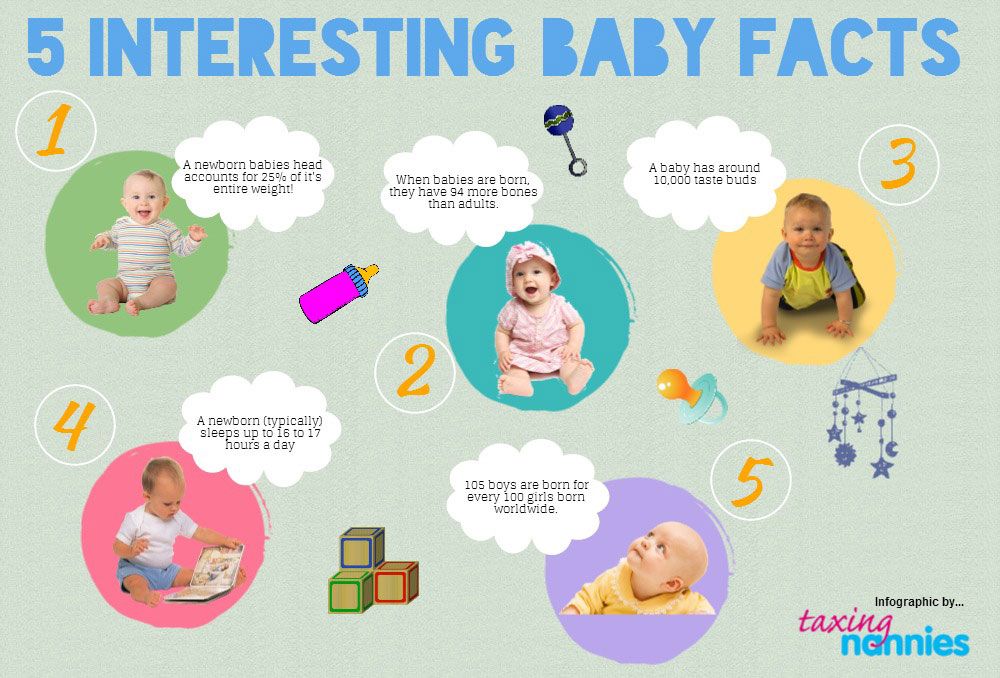 And then an expensive purchase will be in vain.
And then an expensive purchase will be in vain.
Transporting a child home from the maternity hospital
An unforgettable moment for every family is the arrival of a mother with a baby from the hospital. Most new parents pay great attention to this.
Most often, a car or a taxi service is chosen to transport a baby from the hospital. In developed countries, it is not allowed to keep the baby on your lap during transportation. The use of special car seats is practiced.
When transporting your baby home from the maternity hospital, it is recommended to follow the following instructions:
- The child's clothes are selected according to the season. Overcooling is more dangerous than overheating. So it is advisable not to wrap the child much, but to take a blanket with you.
- If a taxi is chosen for transportation, then it is worth worrying about safety prematurely. Not all services among the services practice the provision of a car seat.
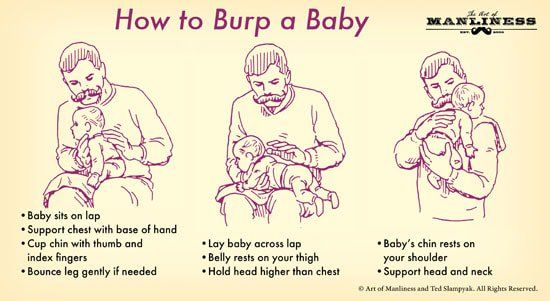
- When transporting a baby in a car seat, he must wear a jumpsuit. In the infant seat, it is necessary to fix it with straps (chest area and between the legs). Using a blanket or an envelope, this will be very difficult to do.
- Parents must wear seat belts when traveling in a car.
Some parents prefer to carry their baby on their lap. This method is considered dangerous for the newborn. The car must move at a speed of no more than 40 km / h.
Hazards when transporting newborns
Babies should not be carried on their laps. This is explained by the following evidence:
In babies, the bones are not strong and elastic, if a head injury occurs, the brain will suffer;
the baby's head weighs almost 25% of the total body weight, therefore, due to a sharp blow, a fracture of the cervical vertebrae is possible;
with a distorted posture, not fully formed respiratory organs during the move may fail.
During transportation, strong jerks can occur, which will adversely affect the health of the crumbs.
Rules for transporting a newborn
The following rules must be observed when transporting newborns:
- The child must be positioned with his back to the direction of travel. The car seat is installed so that the child's legs are directed to the back of the car seat. If the car brakes sharply, then the muscles and ligaments of the child from a sharp tilt of the head can suffer greatly. And in a pose, lying with your back to the movement, the risk of damaging something is significantly reduced.
- If the infant is transported in an infant carrier, it is advisable to install it on the rear seat perpendicular to the direction of travel.
- It is forbidden to carry a baby on your lap. With sharp shocks, the parent can crush the baby with his body, injure him, or simply drop him.
- The seat is selected according to the weight and age of the newborn.
 Failure to comply with these parameters is too risky for transportation.
Failure to comply with these parameters is too risky for transportation. - While in a car seat, the baby must be fastened with seat belts. It is forbidden to start driving until fixation is made.
- It is strictly forbidden to use special car seats that do not have quality certificates.
Some people think that a half-sitting position in a car seat is bad for babies. This is not true at all. The semi-lying position contributes to an even distribution of the load on the spine, which helps to avoid the appearance of curvature.
How do I choose an infant carrier?
Transportation of babies in a car is assisted by special restraints - an infant carrier and a car seat. Naturally, every parent wants to protect their baby to the maximum while driving. Each such device has its own advantages and disadvantages, which are taken into account when buying.
Infant carrier
The infant carrier is intended for ages from birth to six months. This device is installed in the back seat of the vehicle. Fixed with special fasteners. There are seat belts inside the car seat to fasten the baby.
This device is installed in the back seat of the vehicle. Fixed with special fasteners. There are seat belts inside the car seat to fasten the baby.
It is often common for some parents to use removable stroller cots instead of the infant carrier. They are also equipped with seat belts. However, their strength is insufficient, so that such cradles do not provide full protection for the life of the baby.
Infant carrier advantages:
- the horizontal position of the crumbs while driving allows him to breathe freely;
- does not require the purchase of a separate chair, because it is equipped with a special device that allows you to install it;
- it is possible to install the cradle on the chassis, so that a full-fledged stroller will always be at hand.
Car seat disadvantages:
- due to its large size, it is inconvenient to carry and save;
- short service life - after six months, the baby will no longer be able to ride in a supine position;
- safety at a lower level than car seats.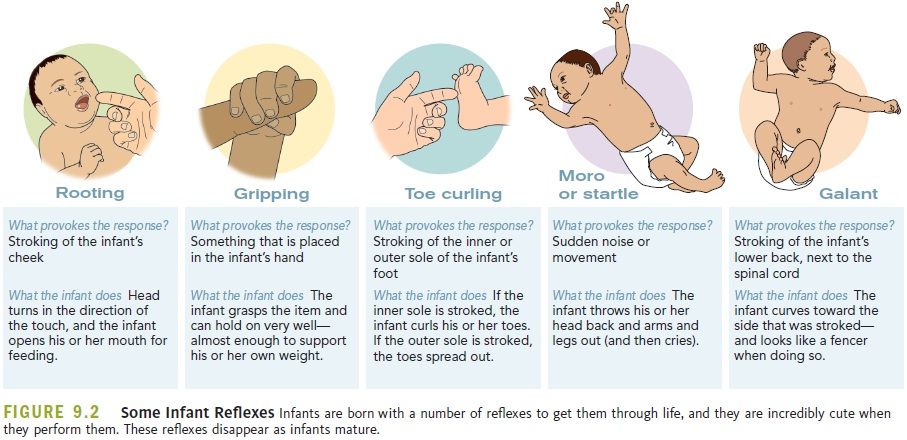
The infant carrier is perfect for newborns. Lying in it, the baby feels comfortable, as this position is the most acceptable for him.
The purpose of the car seat is to transport children from birth to a year and a half. Having a smooth regulator, it is possible to change the position of the backrest. The car seat does not allow the baby to take a lying position due to the small angle of inclination.
Many parents think that the reclining position does not lead to serious disorders of the spine. On the contrary, this posture contributes to the even distribution of the weight of the child on the back, without giving a large load on the spine. Benefits of car seats:
- thanks to the angle of inclination (45 °), the child is provided with proper breathing, and with sharp shocks this will help to avoid injury;
- the chair is equipped with special liners that support the baby's head and back;
- chair is easy to install and move;
- any model before entering the sales market is subject to strength tests; High-impact-resistant materials are taken for the manufacture of car seats.